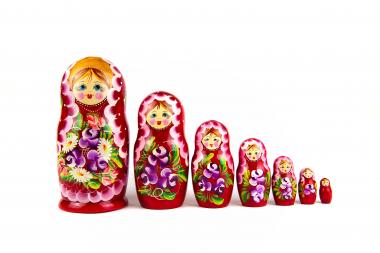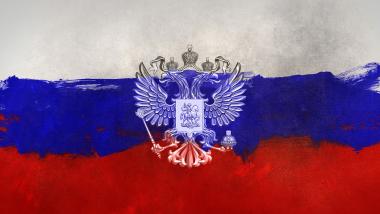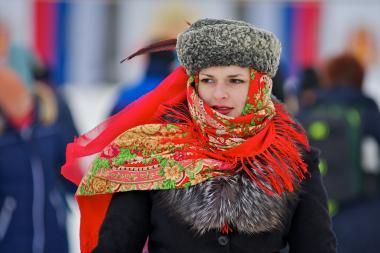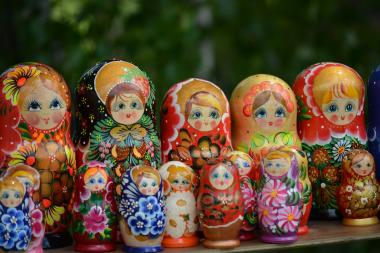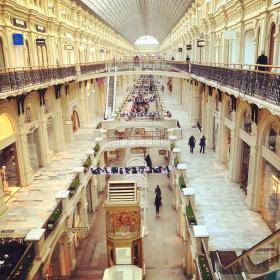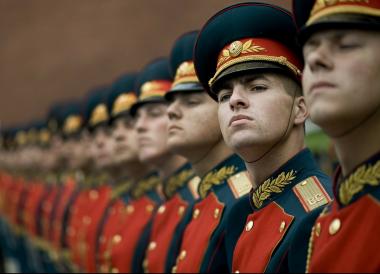RUSSIAN ONLINE RETAILERS ARE FOUNDING LOCAL AMAZONS
- E-Commerce Market continues to grow rapidly
Russia's online retailers are entering into strategic alliances. The market is maturing and consolidating. German suppliers must prepare themselves for tougher competition.
Russia's online trade continues to record strong growth rates. In 2018, sales increased by 19 percent year-on-year to around Rubel 1.2 billion (EUR 15.5 billion; 1 EUR = 74.04
Rubles, annual average exchange rate 2018). This corresponded to about 290 million orders, according to Data Insight's analysis. By the end of 2023, the investment bank Morgan Stanley expects annual growth of 25 percent to Rubles 3.5 billion. In 2018, the cross-border Internet trade increased by 29 percent to the equivalent of EUR 4.7 billion.
| 2014 | 2015 | 2016 | 2017 | 2018 | |
| Sales (Bn. Rubel) 1) | 560 | 650 | 805 | 965 | 1.150 |
| Change (in %) 2) | 34.9 | 16.1 | 23.0 | 20.0 | 19.0 |
1) Physical goods only; excluding cross-border trade, deliveries of ready meals, tickets for transport and events, coupons, consumer-to-consumer and multi-level marketing;
2) Nominal year-on-year; variance due to rounding.
Sources: Market research institute Data Insight; Association of Online Retailers (NAMO)
The share of e-commerce in retail sales is currently still around 5 percent. With the "Strategy for the Development of Online Trade by 2025", the government wants to increase this up to 20 percent. The conditions for further growth are good, as Russian consumers are Internet-savvy and open to technical innovations. Already 76 percent of all Russians have an Internet connection. According to the national "Digital Economy" project, broadband Internet penetration is expected to reach 97 percent by 2024.
Growth potential far from exhausted
Russia's online retailers are following this trend by modernizing their websites and are investing in goods logistics. Electronic marketplaces are becoming increasingly popular. This is because they offer smaller Internet retailers in particular the opportunity to assert themselves against the market leaders.
In the Forbes ranking of the 20 most valuable Internet companies in Russia, online retailers Wildberries and Ozon rank fourth and fifth respectively. The Russian fashion mail order company Lamoda - a foundation of the German Rocket Internet - is in ninth place.
The Otto Group realigned its business model in Russia in 2018 and removed its subsidiaries Quelle and Otto from the market. The Hamburg-based group relies on the online brands Bonprix and Witt as well as on the eSolutions platform, which offers B2B services in the areas of marketing, sales, logistics and IT.
| Company | Productportfolio | Sales 2017 (Bn. Rubel) | Change 2017/2016 (in %) | Number of orders (in Mio.) |
| Wildberries | Clothing, Shoes, Accessoires |
63.8 | 40.0 | 39.8 |
| Citilink | Goods of all kind | 55.2 | 35.0 | 5.2 |
| DNS-Shop / Technopoint | Entertainment electronics, Household appliances |
38.9 | 61.0 | 5.8 |
| M.Video | Entertainment electronics, Household appliances |
36.7 | 41.0 | 3.6 |
| Eldorado | Entertainment electronics, Household appliances |
23.7 | 2.0 | 4.3 |
| Lamoda | Clothing, Shoes, Accessoires |
23.6 | 6.0 | 4.0 |
| Ozon | Goods of all kind | 23.4 | 44.0 | 8.6 |
| Ulmart | Goods of all kind | 23.1 | -37.0 | 5.9 |
| Bonprix | Clothing, Accessoires | 16.5 | 10.0 | 4.0 |
| Svyaznoy | Entertainment electronics, Household appliances |
15.7 | 35.0 | 1.5 |
Source: Data Insight (http://datainsight.ru/top100/)
Russia gets two "local Amazons" at once
Russian online trading is already firmly in the hands of a few large players who are continuing to expand their market presence. The market leader Wildberries added electronics and household appliances to its range in 2018. AFK Sistema Holding of the oligarch Yevgeny Yevtushenkov has increased its stake in the online retailer Ozon and is investing in the construction of new logistics centers In addition, Ozon started selling medicines, jewellery and ready meals.
In April 2018, the Russian technology group Yandex and Sberbank agreed to establish the Beru and Bringly online marketplaces. The aim is to further develop the Yandex.Market platform into a "Russian Amazon". Russia's largest bank brings in the customer data of 100 million account holders.
Beru and Bringly's range mainly includes high-priced goods such as electronics, clothing, shoes and cosmetics. Bringly cooperates with the British cosmetics chain Feelunique, among others. In September 2018, Yandex.Market also concluded a cooperation agreement with Hepsiburada, Turkey's largest online marketplace.
Alibaba expands its market presence in Russia
In September 2018, the next major merger in Russian online trading was announced: The Mail.ru Group and Megafon (part of the company empire of the oligarch Alisher Usmanow), the Russian Fund for Direct Investments and the Chinese technology group Alibaba intend to establish a joint online marketplace by the end of the first quarter of 2019. Alibaba intends to expand its presence on the Russian market.
The Mail.ru Group provides access to the data records of around 100 million users - an enormous new customer potential for the Chinese online giant. On March 5th 2019, AliExpress, the Russian subsidiary of Alibaba, also launched a platform for the sale of passenger cars of the Chinese brand Chery.
Duty-free limit continues to fall
Two thirds of Russian online buyers also order goods from foreign traders. 90 percent of the deliveries come from China. If the price and weight of the product are within the exemption limits, no sales tax is payable. On 1 January 2019, the exemption limit for cross-border online trading was halved to EUR 500 and the weight limit was lowered from 31 to 25 kilograms. From January 1st 2020, the tax-free allowance will fall to EUR 200. However, this measure is unlikely to generate any additional revenue for the Russian State. In 86 percent of cross-border online purchases, the maximum value of goods is at about USD 22.
Above all, capacity bottlenecks in the delivery of online orders are currently putting the brakes on sector. VTB-Bank is therefore investing around EUR 410 million in the construction of 40 logistics and distribution centers for the Russian Post Office (Potschta Rossii) by 2021. The state-owned company intends to profit from the growth in the online commerce and increase its revenue from parcel services for e-commerce to Rubel 122 billion by 2023. Since September 2018, the Russian Post has been distributing deliveries from China via hubs in Siberia and the Far East.
The logistics service provider DPD has been working with the Avito advertising portal since October 2018. In future Its customers will be able to collect their parcels at around 1,500 DPD stations. Since June 2018 DHL and eBay have been working together on logistics services in Russia.
The development of B2B platforms is becoming increasingly important in Russia's online trade. The potential is huge: the Russian B2B online market amounts to around USD 20 billion - and the trend is rising. Pioneers such as Sewerstal, Alrosa or Technonikol already rely on B2B platforms to sell directly to their end customers. In 2018, the Chinese Fosun Group acquired around 20 percent of the shares in the B2B platform Prod.Center, on which agricultural products are traded.
Hans-Jürgen Wittmann, Germany Trade & Invest www.gtai.de


